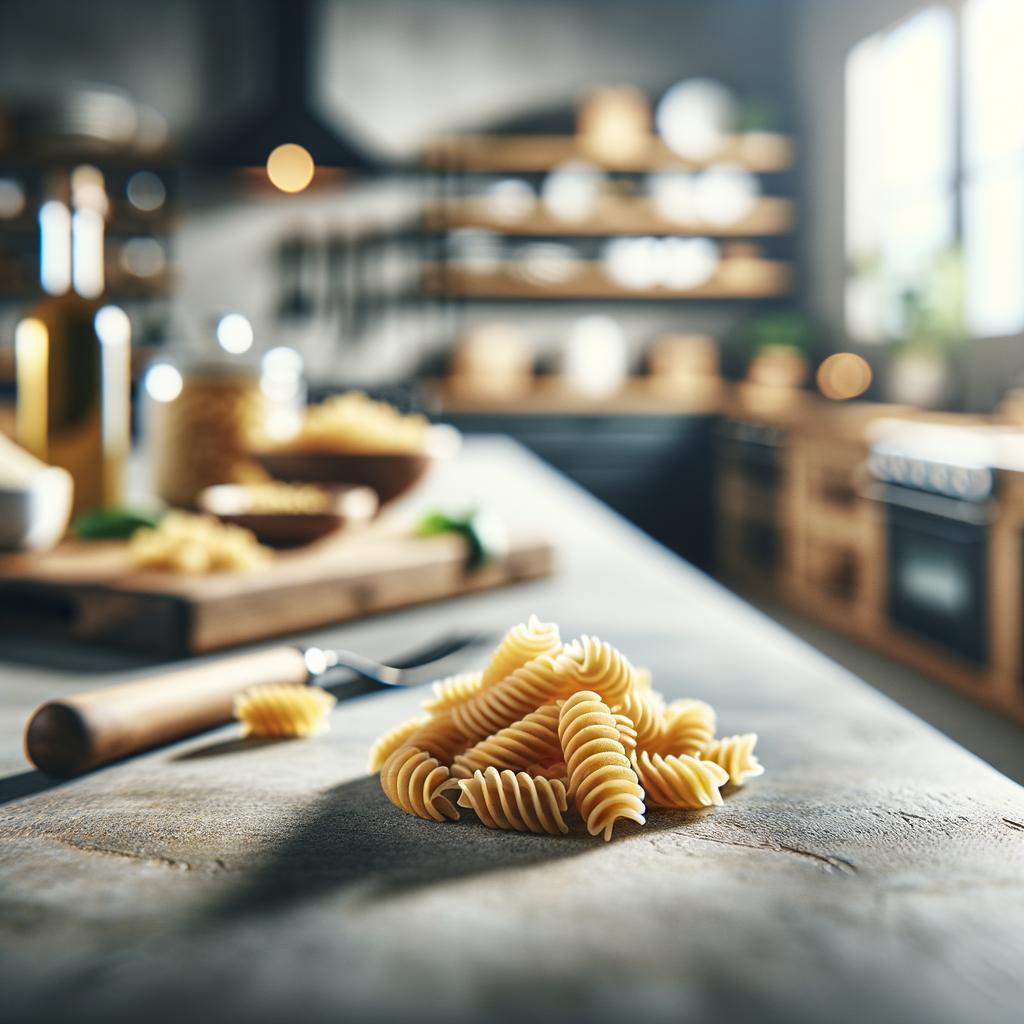Rotini Pasta

Description
Rotini pasta, a captivating character in the culinary world, is a type of helix- or spiral-shaped pasta that enchants the eye and tantalizes the palate. Its name, derived from the Italian word 'rotini', meaning 'small wheels', reflects its distinctive shape. The pasta's spiraled surface is a beautiful golden hue when dry, transforming into a vibrant yellow when cooked. Its texture, firm yet yielding, is a testament to its versatility in the kitchen. The flavor profile of rotini is mild and slightly nutty, making it a perfect canvas for a variety of sauces and ingredients. What sets rotini apart is its unique spiral shape, designed to hold more sauce and capture bits of meat, cheese, and vegetables, ensuring every bite is a flavor-packed experience.
Primary Uses
Rotini pasta is a versatile player in the culinary world, commonly used in a variety of dishes across different cuisines. Its spirals are perfect for catching and holding onto sauces, making it a popular choice for pasta salads, casseroles, and soups. It's also a star in Italian dishes like Pasta Primavera or Pasta alla Norma. Beyond its culinary uses, rotini pasta has found its way into arts and crafts, being used as an element in creative projects for children due to its appealing shape.
History
The history of rotini pasta is as intriguing as its shape. While pasta has a storied history dating back to ancient times, rotini is a relatively recent addition, gaining popularity in the 1960s in Italy. It was designed with functionality in mind - its spiral shape perfect for holding onto robust sauces. Over time, rotini pasta has traveled from the Italian peninsula to tables across the globe, evolving from a humble kitchen staple to an international favorite. There's a charming folklore that the spirals were inspired by children's fascination with spinning tops and wheels, adding a touch of whimsy to its history.
Nutritional Information
Rotini pasta, while simple in its composition, offers a decent nutritional profile. Primarily made from semolina or durum wheat, it's a good source of carbohydrates, providing sustained energy. A one-cup serving of cooked rotini provides about 220 calories, 1.3 grams of fat, 43 grams of carbohydrates, and 8 grams of protein. It also contains trace amounts of vitamins and minerals, including B vitamins and iron. Compared to whole grain pasta, regular rotini is lower in fiber and nutrients, but it can still be part of a balanced diet. Consuming rotini pasta in moderation, paired with a variety of vegetables and lean proteins, can contribute to a well-rounded, nutritious meal.

